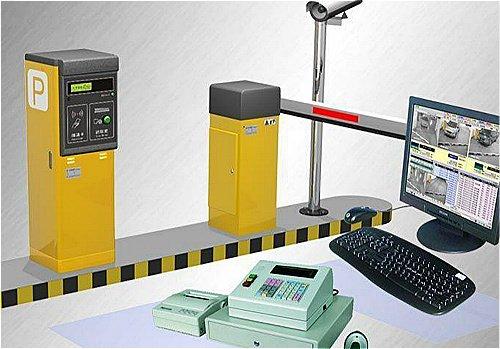
With the continuous development of the city, the concept of public intelligent transportation has been popularized in urban construction. However, the RFID UHF module has played a significant role in the construction of urban roads.
UHF
Application of UHF Module in Traffic Automation
1, the application of RFID module in parking fees
When the vehicle enters the pay road section, readers installed on the UHF module on both sides of the road scan and detect, and then read the different electronic tags on different vehicles to identify the vehicle information, such as the vehicle model, the vehicle's license plate number, and Writing includes some time-related information.
2. Application of RFID Module in Parking Billing Scenarios
The reader/writer device of UHF module is based on RFID technology and incorporates the license plate recognition technology. The vehicle access/swipe can be realized during the access process, and the vehicle will not stop and pass quickly after the vehicle is identified. The system can effectively improve the traffic efficiency of parking entrances and exits, and can intelligently count the parking time by calculating the time for vehicles to enter and exit.
3. The Future of Rail Transit Automation
Urban rail transit has achieved a leap forward in monitoring and management after plugging in the wings of comprehensive automation. With automation technology updates, faster development. It can be expected that the future of rail transit will be brighter.
(1) The extensive application of integrated automation monitoring system in rail transit will promote the emergence and development of rail transit operation expert system in China. In the subway operation, the integrated automation monitoring system has established a powerful database and formed an information sharing platform. On this platform, we will continue to summarize the operating experience of subways and light rails, and conduct comprehensive analysis on all external and internal data. Ultimately, we will develop an expert system that is suitable for the modern management of subways and light rails. This is an inevitable trend in the automation of rail transit.
(2) New technologies in automation will enter rail transit more. The process of applying automation technology to rail transit professionals will accelerate. The rail transit signal system has always been the first of its kind, and its automation process affects the overall situation. At present, there are mobile occlusive technologies and radio signal technologies. The ATO is also developing toward driverlessness. Other professions also have their own new developments.
(3) The rail transit automation system will develop into an information platform with higher integration, better openness, and more comprehensive service scope. The process of automated informationization has become increasingly rapid throughout the world, and breakthroughs have been made in optical technology, communications technology, and biotechnology. The new technology will cause abrupt changes in the devices, devices and systems in the automation field, thus triggering a leap forward in information technology. The future monitoring system for subways and light rails will be developed as an in-ground and underground information platform along the entire railway line. It will provide good comprehensive services to the public and passengers.
(4) The automation of new technologies will promote the continuous progress of urban rail transit and will make positive contributions to improving people’s living standards and civilization. Advances in automation technology have led to their application in a wider range of fields, and successful applications in a wider field have also promoted the automation technology to a higher level. The successful integrated automation monitoring system applied in the urban rail transit field will inevitably inject more rich connotations into the automation technology itself.